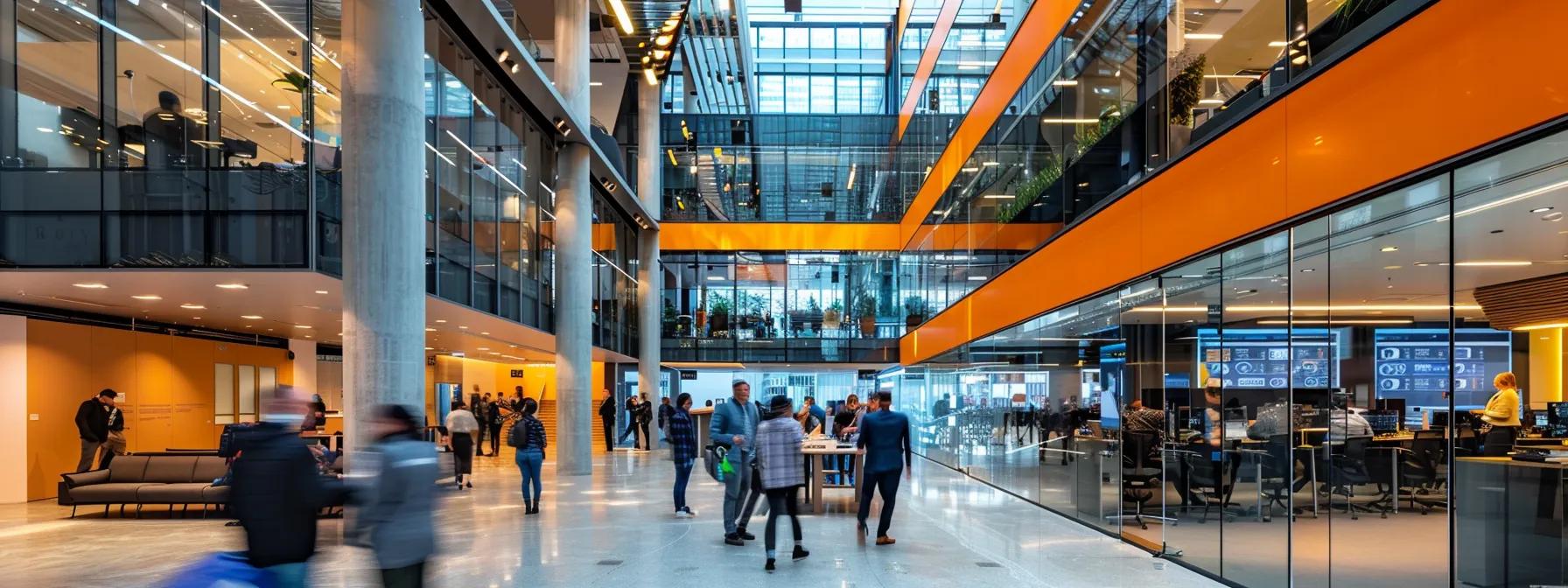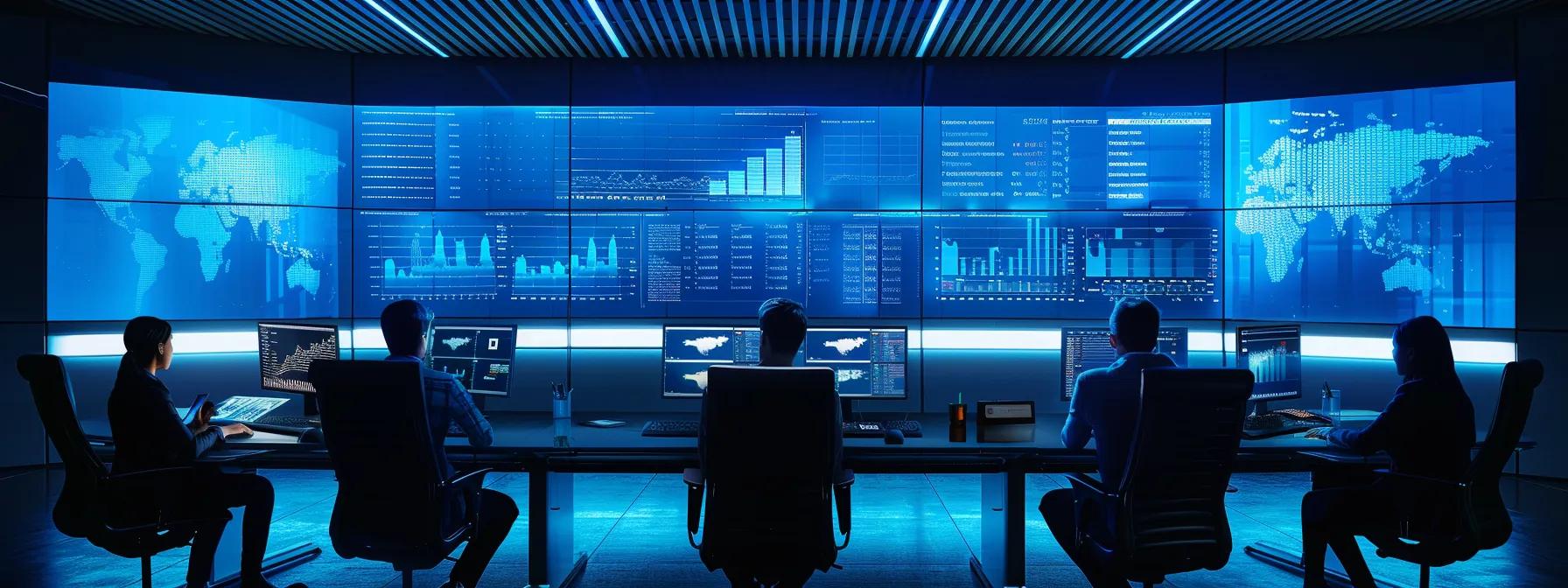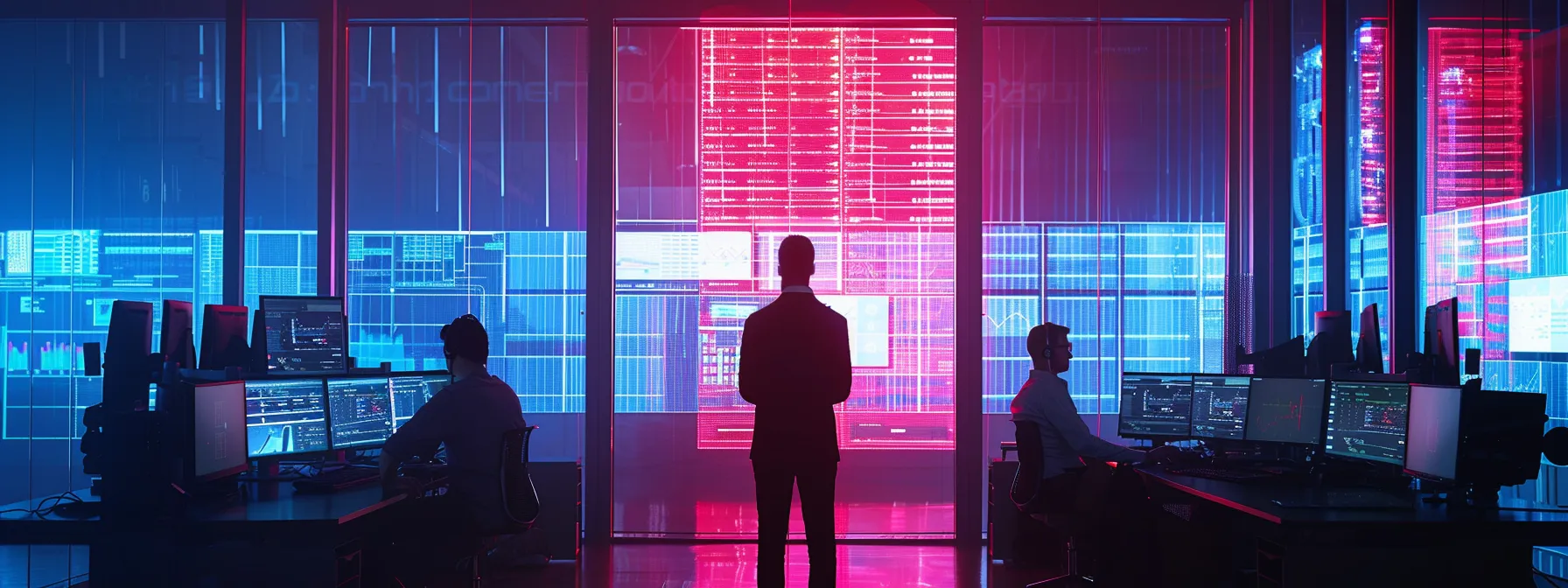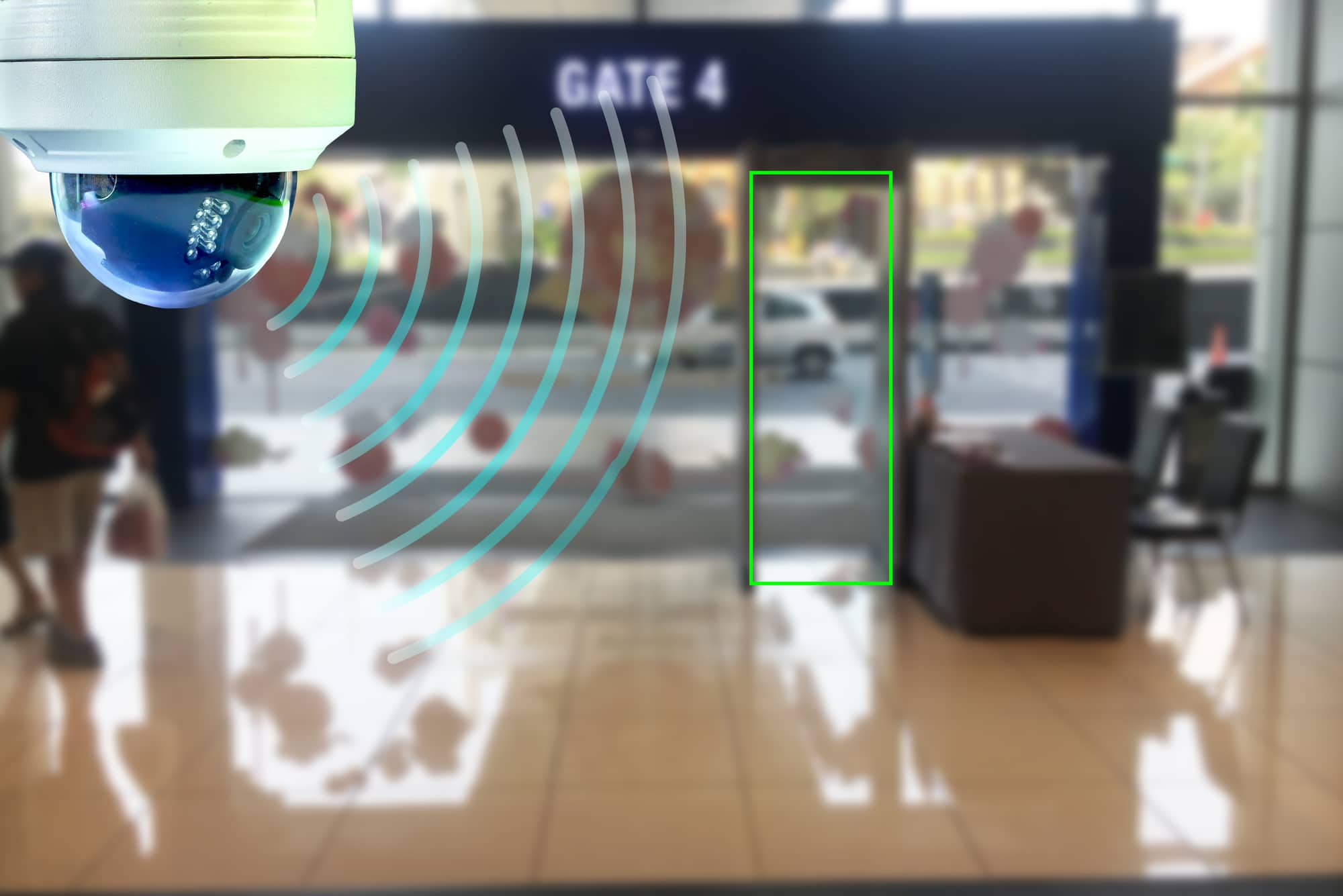
The significance of staying abreast with these advancements cannot be overstated. In an age where threats are becoming more sophisticated and pervasive, harnessing the latest in video security technology is not just a matter of advanced surveillance but a proactive step towards comprehensive safety and protection. This blog post aims to delve into the emerging trends and innovations that are shaping the future of video security. From the integration of Artificial Intelligence (AI) and Machine Learning (ML) to the advent of cloud-based and IoT-enabled systems, we are witnessing a new horizon in video security that promises enhanced efficiency, unprecedented capabilities, and heightened security in various sectors.
As we navigate through these developments, it’s crucial to understand their implications, benefits, and the challenges they bring. Join us as we explore the cutting-edge advancements that are setting the stage for the future of video security solutions, offering insights into what businesses, public safety organizations, and individuals can expect and prepare for in this rapidly evolving landscape.
The Rising Importance of Video Security in a Digital Age
In today’s interconnected world, the role of video security extends far beyond traditional surveillance. Its importance is increasingly recognized across various sectors – from safeguarding businesses to enhancing public safety and even in smart city infrastructures. The digital age has not only expanded the use of video security but also transformed its capabilities and applications.
A. Enhanced Safety and Security Needs
- Business Sector: In the business realm, video security is no longer just about deterring theft or vandalism. It plays a critical role in comprehensive security strategies, including monitoring operations, ensuring employee safety, and protecting sensitive data.
- Public Safety: For public safety, video surveillance is crucial in crowd management, crime prevention, and in responding to emergencies. Its role in urban settings has become indispensable, particularly with the rise of smart city initiatives.
B. Digital Transformation’s Impact
- Integration with Other Technologies: The digital transformation has led to the integration of video security with other technologies, such as biometric systems, access control, and data analytics. This integration enhances the overall effectiveness and intelligence of security systems.
- Data-Driven Insights: Modern video security systems are not just passive recording devices. They provide valuable data-driven insights that aid in decision-making and strategy formulation for businesses and law enforcement agencies.
C. The Changing Landscape of Surveillance
- Beyond Traditional Monitoring: The scope of video security now goes beyond traditional monitoring. It includes behavior analysis, pattern recognition, and even predictive surveillance, which anticipates potential security threats based on collected data.
- Evolving Public Perception: Public perception of video surveillance is also evolving. While privacy concerns remain paramount, there is a growing recognition of the benefits of video security in enhancing public safety and deterring crime.
As we continue to embrace the digital age, the significance of video security in our daily lives is poised to grow. Its evolution from a simple security tool to a sophisticated system offering a range of intelligent functions reflects the changing landscape of safety and security in a world increasingly reliant on digital technologies.
Integration of AI and Machine Learning in Video Security
The integration of Artificial Intelligence (AI) and Machine Learning (ML) has been a game-changer for video security systems. These technologies bring a level of sophistication that transforms traditional surveillance into intelligent monitoring solutions.
A. AI-Powered Surveillance: A New Era of Security
- Facial Recognition and Identification: AI enables video security systems to identify and verify individuals in real-time, enhancing security in sensitive areas and aiding law enforcement in identifying suspects.
- Unusual Activity Detection: AI algorithms can analyze video feeds to detect unusual activities or behaviors, such as loitering or unattended packages, triggering alerts for proactive response.
B. Machine Learning: Enhancing Efficiency and Accuracy
- Pattern Recognition: ML algorithms learn from historical data, enabling systems to recognize patterns in behavior and movement, which can be critical in predicting and preventing security incidents.
- Continuous Improvement: ML models continuously learn and adapt, improving their accuracy over time and reducing false positives, which are a common challenge in traditional systems.
C. Case Studies and Examples
- Retail Environments: In retail, AI-powered systems help in crowd management and theft prevention by analyzing customer behaviors and identifying suspicious activities.
- Smart Cities: In smart city initiatives, AI-enhanced video security plays a crucial role in traffic management and public safety, using advanced analytics to manage large volumes of data from various sources.
D. Benefits and Challenges
- Increased Security and Efficiency: The primary benefit of integrating AI and ML in video security is the significant enhancement in security capabilities and operational efficiency.
- Ethical and Privacy Concerns: Despite the benefits, these technologies raise important ethical questions and privacy concerns. Balancing innovation with responsible use is crucial to ensure public trust and acceptance.
The integration of AI and ML is not just an advancement; it’s a revolution in the field of video security. By enabling systems to ‘think’ and ‘learn,’ we are moving towards a future where security systems are not just tools for recording incidents but active participants in preventing them.
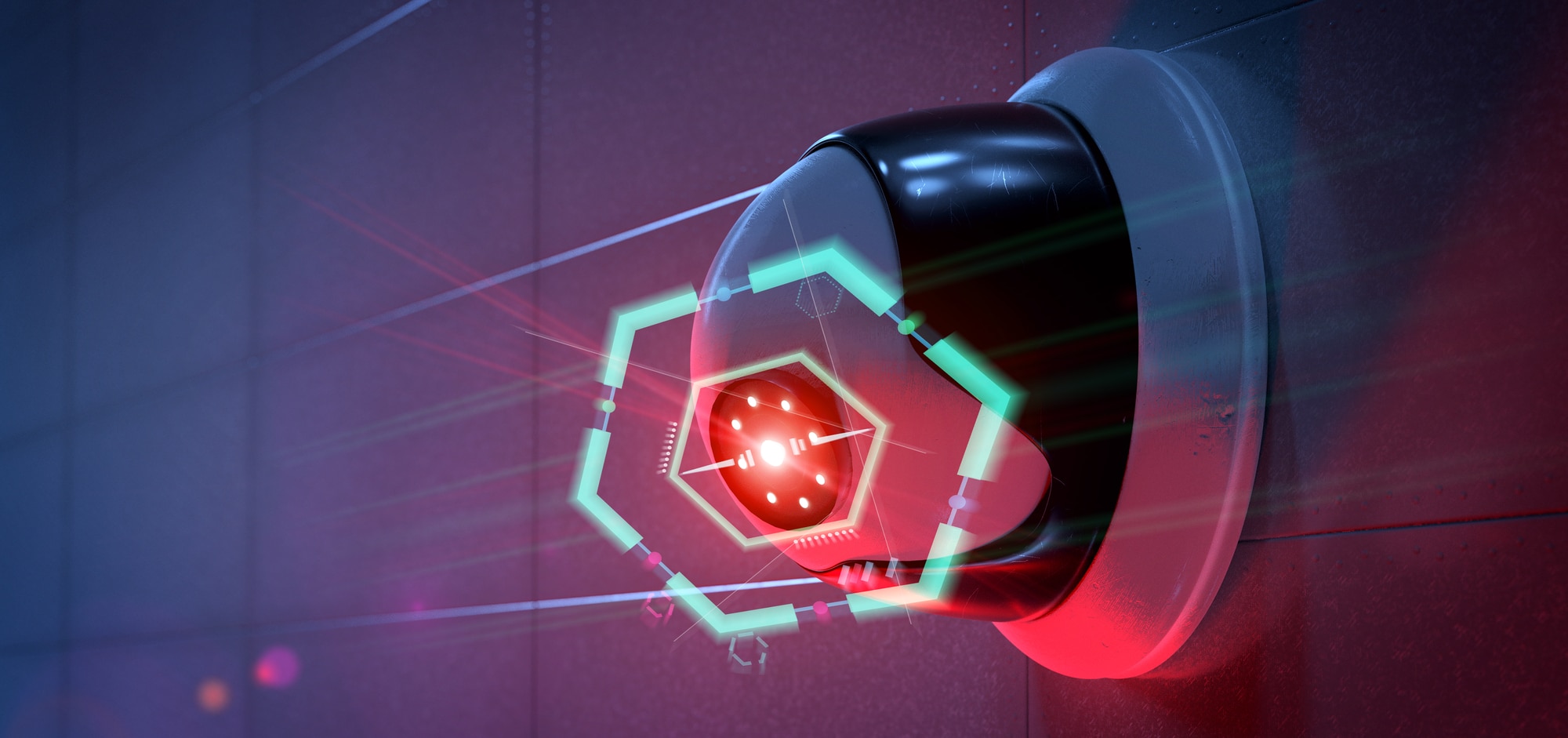
Cloud-Based Video Security Solutions
The shift towards cloud-based video security solutions marks a significant evolution in the surveillance industry. These systems offer advantages that traditional, on-premises solutions cannot match, making them increasingly popular in various sectors.
A. Advantages of Cloud-Based Systems
- Scalability and Flexibility: Cloud-based video security systems are highly scalable, allowing businesses to expand or reduce their surveillance capabilities as needed without significant infrastructure changes.
- Remote Access and Control: With cloud storage, users can access video feeds from anywhere, at any time, using various devices. This flexibility is crucial for real-time monitoring and response, especially in critical situations.
B. Data Storage and Management
- Enhanced Storage Capacity: Cloud solutions offer virtually unlimited storage capacity compared to traditional systems, which are often limited by physical hardware constraints.
- Efficient Data Management: Cloud platforms provide sophisticated tools for data management, including easy retrieval and analysis of historical footage, which is invaluable for investigations and data-driven decision-making.
C. Security Measures in Cloud-Based Systems
- Data Encryption and Protection: Despite the remote nature of cloud storage, these systems employ robust security measures, including encryption and secure data transmission, to protect against cyber threats.
- Compliance and Regulations: Cloud-based video security providers are increasingly focusing on compliance with data protection regulations, ensuring that the systems meet the highest standards of privacy and security.
D. Future Prospects
- Integration with Other Cloud Services: The future of cloud-based video security lies in its integration with other cloud services, such as AI analytics and IoT devices, providing an even more comprehensive security solution.
- Potential Challenges: While cloud solutions offer numerous advantages, they also face challenges, including concerns over data sovereignty and reliance on internet connectivity.
Cloud-based video security solutions represent a paradigm shift in how surveillance is approached. By offering enhanced flexibility, scalability, and advanced data management capabilities, these systems are setting new standards in the security industry.
The Role of IoT and Smart Devices in Video Security
The integration of the Internet of Things (IoT) and smart devices into video security systems is another trend that’s shaping the future of surveillance. These advancements are making security systems more intelligent and responsive, offering unprecedented levels of safety and efficiency.
A. IoT-Enabled Security Systems
- Smart Cameras: IoT-enabled cameras are not just recording devices; they are intelligent tools capable of processing and analyzing data on the spot. Features like motion detection, night vision, and automatic alerts are becoming standard.
- Network of Devices: The IoT facilitates a network of interconnected devices, such as cameras, sensors, and alarms, working together seamlessly to provide a comprehensive security solution.
B. Enhanced Capabilities with Smart Devices
- Real-Time Alerts and Monitoring: Smart devices can send real-time alerts to users or security personnel, enabling immediate action in case of security breaches or suspicious activities.
- Automated Responses: In some cases, these systems can trigger automated responses, like locking down an area or turning on additional lights, to deter potential threats.
C. Applications and Examples
- Home Security: In residential settings, smart video security systems are increasingly popular, offering homeowners remote monitoring and control over their property’s security.
- Industrial and Commercial Use: In commercial and industrial settings, IoT-enabled video security can monitor large areas, track inventory movement, and ensure workplace safety.
D. Challenges and Considerations
- Data Privacy and Security: As with any technology that handles large amounts of data, there are concerns regarding privacy and data security, especially when personal identification is possible.
- Dependency on Connectivity: These systems rely heavily on internet connectivity, which can be a limitation in areas with poor network coverage or during outages.
The role of IoT and smart devices in video security represents a significant leap forward in surveillance technology. By leveraging the power of connectivity and intelligent analysis, these systems offer more than just surveillance; they provide a dynamic, interactive security environment.
The Emergence of 5G and its Impact on Video Security
The deployment of 5G technology is poised to have a substantial impact on video security systems. 5G’s superior speed and bandwidth capabilities promise to enhance the effectiveness and efficiency of video surveillance operations.
A. Enhanced Video Quality and Transmission
- High-Definition Video Feeds: 5G enables the transmission of high-definition video feeds without latency, providing clearer and more detailed surveillance footage.
- Faster Data Transmission: The speed of 5G ensures that large volumes of video data can be transmitted quickly and efficiently, crucial for real-time monitoring and fast-paced decision-making.
B. Improved Remote Surveillance Capabilities
- Wider Coverage: 5G’s improved network coverage allows for the deployment of video security systems in more remote or previously inaccessible areas.
- Reliable Remote Access: With 5G, the reliability of remote access to surveillance feeds is greatly enhanced, ensuring consistent monitoring regardless of the user’s location.
C. Facilitating Advanced Technologies
- Supporting AI and IoT: The bandwidth and speed of 5G are critical in supporting the large data requirements of AI algorithms and the connectivity needs of IoT devices in video security systems.
- Enabling Real-Time Analytics: 5G facilitates real-time analytics and processing, allowing for quicker responses to security incidents and enhanced predictive capabilities.
D. Challenges and Future Outlook
- Infrastructure and Investment: The widespread implementation of 5G requires significant infrastructure development and investment.
- Security and Privacy Concerns: As with any advancement, 5G brings its own set of security and privacy challenges that need to be addressed.
The emergence of 5G technology is set to revolutionize video security systems, offering enhanced quality, speed, and capabilities. This advancement not only improves current systems but also opens the door to new possibilities in surveillance technology.
Cybersecurity and Protecting Video Data
In an era where video security systems are increasingly networked and intelligent, the importance of cybersecurity in safeguarding video data cannot be overstated. As these systems become more sophisticated, they also become more attractive targets for cyber threats.
A. The Imperative of Cybersecurity in Video Surveillance
- Vulnerability to Hacking and Breaches: Networked video security systems, if not properly secured, can be vulnerable to hacking, leading to data breaches or unauthorized surveillance.
- Impact on Privacy and Data Integrity: Cybersecurity breaches in video security systems can have serious implications for privacy and data integrity, undermining public trust in these technologies.
B. Best Practices for Securing Video Security Systems
- Regular Software Updates and Patches: Keeping software up-to-date is crucial to protect against known vulnerabilities and exploits.
- Encryption and Secure Network Protocols: Implementing strong encryption for video data during transmission and storage, and using secure network protocols, are essential steps in safeguarding against cyber threats.
C. Future Trends in Cybersecurity for Video Surveillance
- AI-Driven Threat Detection: Leveraging AI for continuous monitoring and detection of unusual network activities can significantly enhance the cybersecurity of video security systems.
- Enhanced Authentication Measures: The use of biometrics and multi-factor authentication can provide an additional layer of security, particularly for accessing sensitive video data.
D. Balancing Innovation with Security
- Evolving Cybersecurity Measures: As video security technology evolves, so must the cybersecurity measures that protect it, ensuring a balance between innovation and security.
- Stakeholder Collaboration: Collaboration between technology providers, security experts, and regulatory bodies is crucial to develop standards and practices that ensure the secure use of advanced video surveillance technologies.
Cybersecurity is a critical component in the future of video security. Protecting video data against cyber threats is essential to maintain the integrity and trustworthiness of these increasingly sophisticated systems.
Embracing the Future of Video Security
 As we have explored throughout this post, the future of video security is marked by remarkable advancements and transformative trends. From the integration of AI and ML to the emergence of cloud-based and IoT-enabled systems, and the potential unleashed by 5G technology, the landscape of video surveillance is evolving at an unprecedented pace.
As we have explored throughout this post, the future of video security is marked by remarkable advancements and transformative trends. From the integration of AI and ML to the emergence of cloud-based and IoT-enabled systems, and the potential unleashed by 5G technology, the landscape of video surveillance is evolving at an unprecedented pace.
The implications of these developments are profound. They not only enhance the capabilities of video security systems but also redefine their role in our societies and industries. The future of video security is not just about more sophisticated surveillance; it’s about smarter, more responsive, and more integrated systems that contribute to overall safety and efficiency.
However, with these advancements come significant responsibilities. The ethical considerations, particularly around privacy and data protection, are paramount. As we embrace these new technologies, it’s crucial to ensure that they are used responsibly and ethically. Additionally, the importance of robust cybersecurity measures cannot be understated, as the security of video data is fundamental to the trust and reliability of these systems.
In conclusion, the future of video security is bright and full of potential. For businesses, public safety organizations, and individuals alike, staying informed and adapting to these changes is crucial. As we look forward to the innovations on the horizon, it’s essential to approach them with a balance of enthusiasm for their possibilities and caution for their challenges. By doing so, we can ensure that the future of video security not only brings enhanced capabilities but also aligns with our values and the needs of a changing world.

